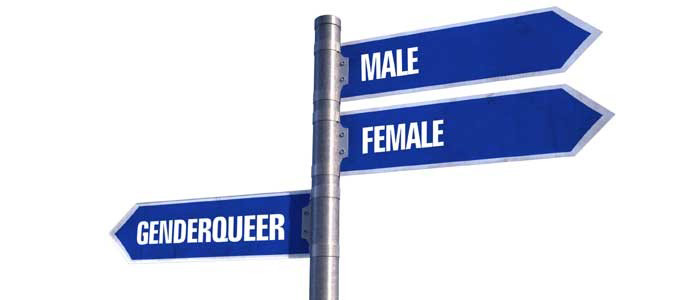
I remember taking multiple choice tests in school and occasionally feeling like none of the answers were right. I’d do the calculations, come up with an answer, and just simply not see that answer on the list. So it was always a bit of a relief to see 'none of the above' among the choices. It meant that if my answer didn’t match any of the possibilities listed, it didn’t necessarily mean I was wrong. In fact, it meant that any answer I could come up with could potentially be right.
Filling out forms that ask for a gender is a bit like taking multiple choice tests with no 'none of the above' option. Most of them just say 'male' or 'female', which leaves me feeling like I’ve done all the calculations and come up with the wrong answer. I don’t really identify as either one, and yet I generally have to pick one of those two options.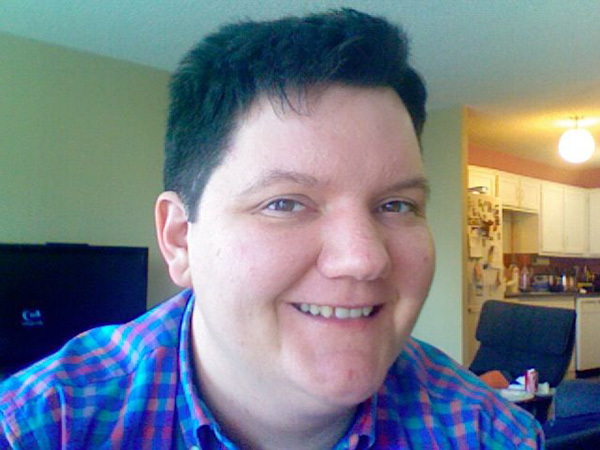
This is me! Jamie!
It's always made me feel very uncomfortable to be called a woman, a lady, 'miss', or 'ma’am'. It’s a feeling that I think most transgender people can identify with, that double-take moment of, “wait, are you talking about me?” when being addressed with the wrong gendered words. Being called 'ma’am' when you’re expecting 'sir', or vice versa, can be embarrassing, confusing, irritating, or worse. Of course, people who are not transgender can also be interpreted as the wrong gender. But the issue is somewhat different when neither word feels right.
Terms: let's get them right, please!
I am more or less OK with being called a man, a guy, or 'sir'. It doesn’t make me very uncomfortable, it just isn’t strongly a part of my identity. I identify as a person, a musician, a queer, a Canadian. Being called a man is a bit like being called something else I don’t strongly identify as, like a photographer. I take photos sometimes, so it’s not objectively untrue, but I certainly wouldn’t introduce myself that way.
My gender is non-binary, which basically means 'neither male nor female'. An alternative term for this is genderqueer, which I also use to describe myself. Both words can be used for someone who identifies as multiple genders, 'between' genders, neither male nor female, or someone who identifies sometimes as one gender and sometimes as another. Of course, it’s always best to check what words a person is most comfortable with, and use the same words for them that they use for themselves.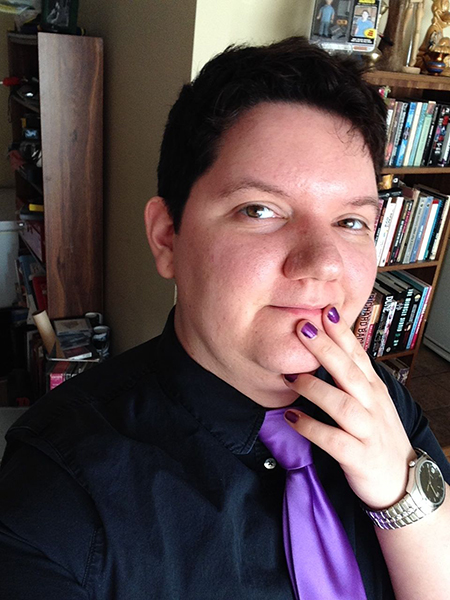
Love the purple!
Another word that describes me is transmasculine. I use it to mean I have transitioned from female toward a more masculine identity, but that I don’t identify as strictly male. I’m relatively lucky among non-binary people in that there are gendered words I’m OK with. Some people have the same discomfort with all male and female words that I have with 'lady', which makes living in this two-gender society very frustrating.
What about 'other'?
So how about adding 'other' as a third option to the two existing checkboxes of 'male' and 'female'? Would that solve the problem? Actually, having to select 'other' can be quite a negative experience in its own right. As an example, if a form only had 'male' and 'other' listed, anyone who is female might get the impression that they’re not really welcome, that their identity doesn’t matter, and that whoever was making the form really only wanted male respondents but was trying to appear inclusive anyway.
As another example, imagine a form that requested the respondent’s race, but the only options were 'white', 'black', and 'other'. There are certainly more possible racial identities than that, and this kind of question would make a lot of people feel excluded even though it technically allows for any answer. So, while having three options is a lot better than only two, the truth is that gender is a lot more complicated and diverse than can be expressed that way.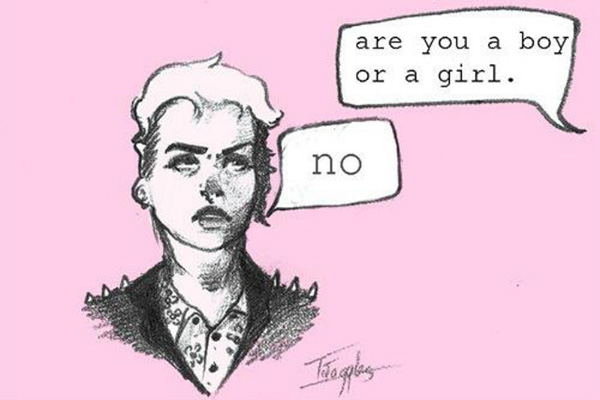
Artwork: Tony Toggles
In my city, there is a discussion group for non-binary people that meets monthly at the local LGBT centre. There we discuss any topics related to genders other than male or female. The topic of public bathrooms comes up sometimes, and where to find gender-neutral bathrooms. We’ve discussed formalwear, and the way it seems geared toward masculinity and femininity, and how to dress for a formal occasion in a gender-neutral way. More importantly though, the group provides a space in which people can feel safe to be themselves, without the expectation that everyone and everything fits into the two-gender system.
Some people in the group dress in a fairly conforming male or female way. Some switch between these two presentations depending on how they feel. Some make an effort to appear androgynous, and to subvert expectations by way of how they dress. A non-binary gender identity is not dependent on how someone dresses or what their biological sex is – male, female, or intersex – and everyone in the group is different.
Body issues
For many people there is a distinction between social dysphoria and body dysphoria, dysphoria meaning a feeling of extreme discomfort or distress. So far I’ve only talked about social dysphoria: the negative emotional reaction one can have to being interpreted by others as a different gender than one identifies as. But non-binary people can also experience body dysphoria, like most transgender men and women do. Body dysphoria is a negative emotional reaction to one’s own body, (particularly the aspects of it that are associated with gender,) independent of how others view that body.
As an example, some non-binary people who have facial hair feel very uncomfortable about that aspect of their bodies, and try to shave it smoothly off, avoid looking at their reflection or touching their face, or get laser hair removal to have it permanently removed. Other non-binary people are completely fine with having facial hair. Whether a person is uncomfortable with a physical trait like this is not dependent on whether the person dresses in a masculine or feminine way, or whether the person feels like they lean closer to the male or female end of the spectrum. It’s just different for everyone.
Finally! Validation!
Facebook recently added 51 new gender options to its profiles (at least if you had selected US English as your language), and also made it easier to select 'they' as a personal pronoun instead of 'he' or 'she'. At the same time, it added the ability to choose more than one gender. As soon as I heard about the switch, I immediately changed my gender on my profile from 'male' to 'genderqueer' and 'transmasculine', and the change made me feel really validated. For the first time, the gender that I identified as was available on a multiple choice question.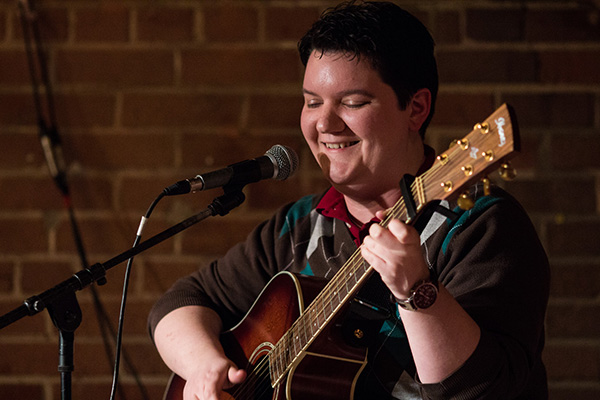
I've yet to see such an expansive list of gender options on any other form or website, although Wikipedia has about 20 gender options for its registered users, and FetLife has 12. It’s my understanding that Diaspora has a text field for gender, so users can type in literally any gender identity. This is the most inclusive set-up I can think of, and it’s my wish that more websites would do this.
In the meantime, there are more and more websites allowing a third option, usually 'other' or 'not specified'. While it doesn’t compare to the validation of seeing 'genderqueer' on a list and feeling like it’s the perfect description for me, it's still very much a relief not to have to choose 'male' or 'female'. It brings me back to the relief of being in school, doing all the calculations, and realising I don’t have to choose an answer I don’t feel is right. I can just say 'none of the above'. •
Enjoyed this story? Then try these:
Transgender Life: the Difficulties of Dating
What's It Like Being Transgender and Gay/Bisexual/Pansexual?
Code-Switching and the Coming Out Process




Join the conversation
You are posting as a guest. If you have an account, sign in now to post with your account.
Note: Your post will require moderator approval before it will be visible.